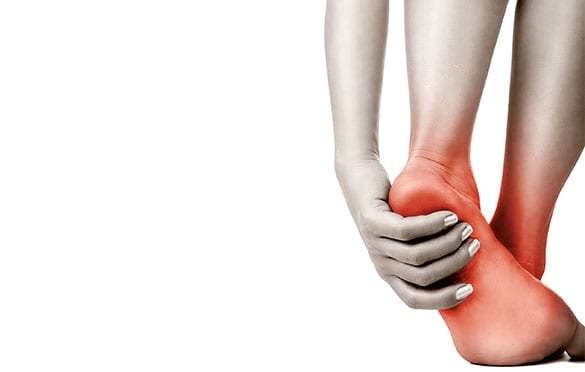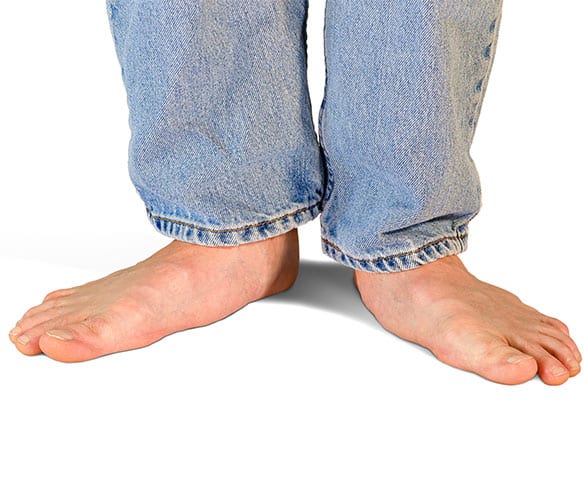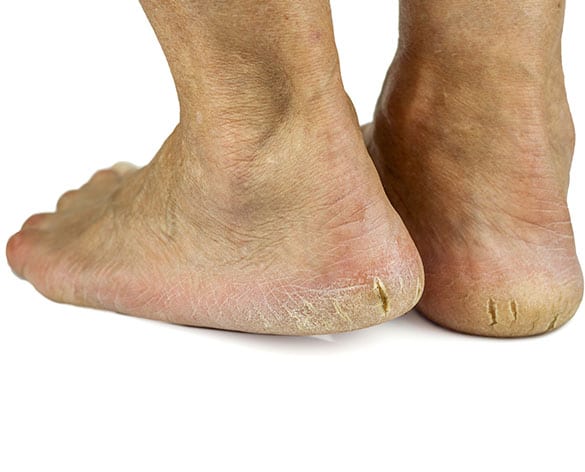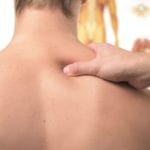
LA Orthopedic Group can provide relief from discomfort caused by Flat Feet or High Arches.
Often painless and requiring little or no intervention in babies and younger children, flat feet can be problematic for older kids and adolescents who have fallen arches. It’s a condition that develops when arches located on the inside of one or both feet have fallen or developed flat. A less common orthopedic problem is high arches, a condition where the arch is higher than normal.
- Flat feet are more common in children, but can develop later due to injury
- You’re more likely to experience pain with high arches
CONTACT US TODAY
About Flat Feet
Some children are born with what’s termed flexible flat foot. It usually does not interfere with walking and other movements of the feet, and it’s usually outgrown as foot muscles develop and baby fat disappears. Flat feet may also develop from age-related changes to feet, from issues related to arthritis or diabetes, or due to an injury that causes arches to fall. It sometimes alters the alignment of legs due to related problems with ankles and knees. If symptoms do appear with flat feet, they may include:
- General foot pain
- Heel or arch pain
- Discomfort associated with foot movement or certain activities
- Swelling on the inside of the ankle
If pain is experienced with flat feet, treatment may involve orthotic devices like over-the-counter arch supports or customized supports. Certain exercises sometimes help stretch the Achilles tendon to ease discomfort, as can wearing supportive shoes. Surgery isn’t done specifically to correct flat feet, but may be necessary to address related problems.


About High Arches
Bone or nerve conditions may be contributing factors to high arches (cavus foot). Elevated arches also place added stress on the metatarsals (area between ankles and toes). As with flat feet, it may be seen in children, although it might go unnoticed until later in life. People with high arches may notice or experience:
- Shorter foot lengths
- Difficulty walking or running
- Foot pain while walking, standing, or running
- Chronic pain from persistent foot stress
Diagnostic tests to identify potential foot issues related to high arches may include nerve conduction studies, X-rays of the feet and spine to identify related issues with alignment, an MRI scan, and electromyography. In addition to corrective shoes and custom orthotics, treatment may involve surgery. However, this is only a consideration if shoe insoles and other supportive devices aren’t effective. When surgery is necessary, it’s usually done to flatten an excessively high arch or address related nerve or bone problems.
Flat feet are usually genetic (runs in families), so there are no standard preventative measures. Problems with higher arches may be minimized by having routine checks for bone and nerve conditions if you are showing signs of having elevated arches. Addressing such problems early may minimize your odds of having related foot issues not likely to respond to custom footwear or support devices alone. Practicing good foot care, in general, can reduce your risk of experiencing other issues with your feet.




